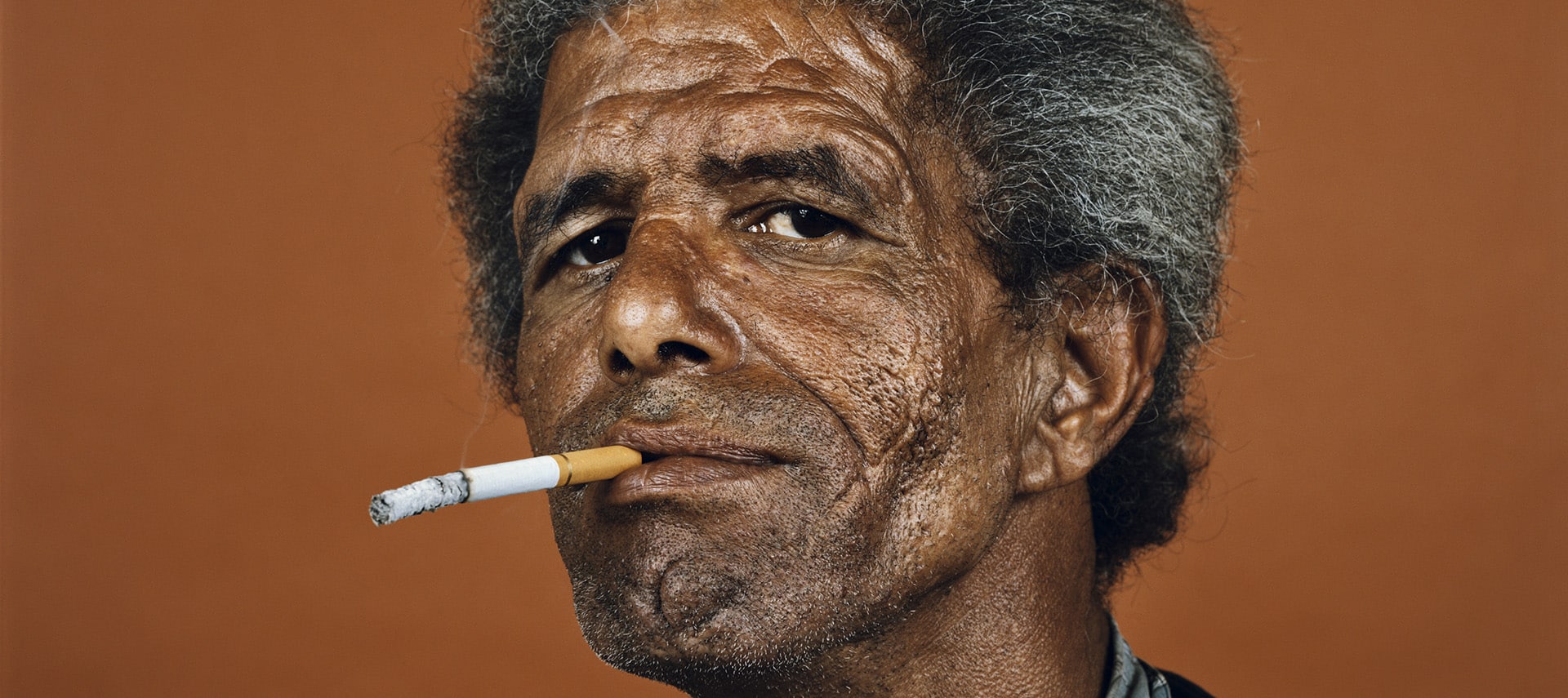Bringing together a hundred portraits, the exhibition “Être présent” (Be present), featured at the Rencontres d’Arles, covers some fifteen years of Pieter Hugo’s work involving a traditional practice that subtly manipulates its codes.

You’re getting blind.
Don’t miss the best of visual arts. Subscribe for $9 per month or $108 $90 per year.
Already suscribed ?



